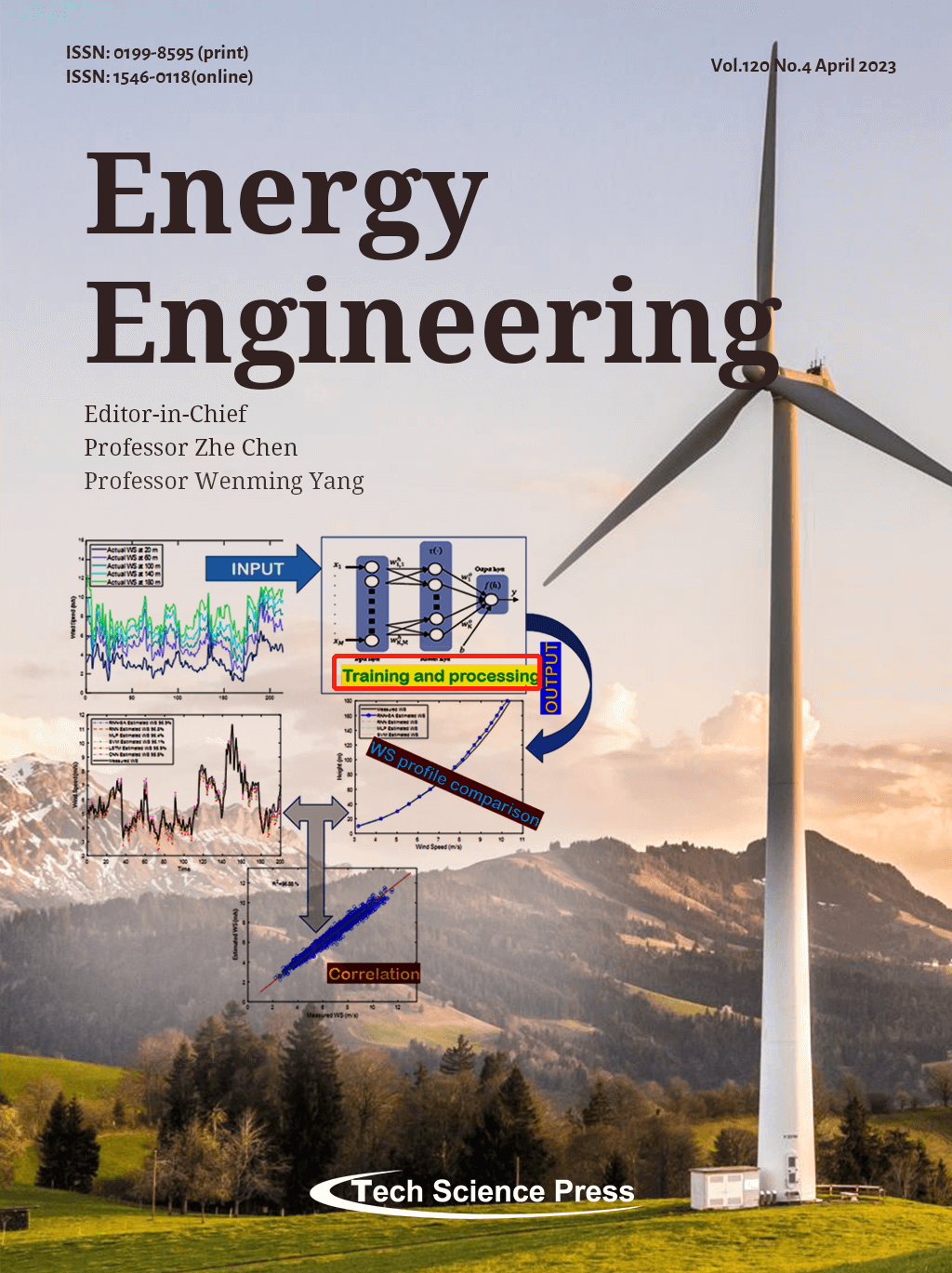Modelling and Optimization of Clean and Affordable Electricity Solution for Small-Scale Savings and Credit Cooperatives (SACCOs)
Xiaomei Lin1, Samuel Bimenyimana2,*, Chen Wang2, Godwin Norense Osarumwensa Asemota3,4, Jeanne Paula Ihirwe5, Aphrodis Nduwamungu3, Etienne Ntagwirumugara6, Athanase Gace6, Changfu Yuan7, Yaowen Chen7, Changtai Li8, Shilpi Bora9, YiYi Mo10, Jiyu Lai11, Mabao Wu7, Yong Tang12, Merit M. Huang13
Energy Engineering, Vol.120, No.4, pp. 791-810, 2023, DOI:10.32604/ee.2023.026746
- 13 February 2023
Abstract Renewable energy exploitation is among the development strategies set by the government of Rwanda on the roadmap to 2023/2024 universal electricity access and the United Nations plans by 2030. Numerous previous studies on clean energy technologies in Rwanda have mostly focused on households’ usage but there are currently no studies describing the feasibility of clean energy technologies for financial institutions. The skepticism on renewable energy in Africa was previously reported by some personnel. Having realized that most SACCOs (Savings and Credit Co-Operatives) in Rwanda use diesel technology for backup/emergency electricity supply, taking consideration of abundant… More >
